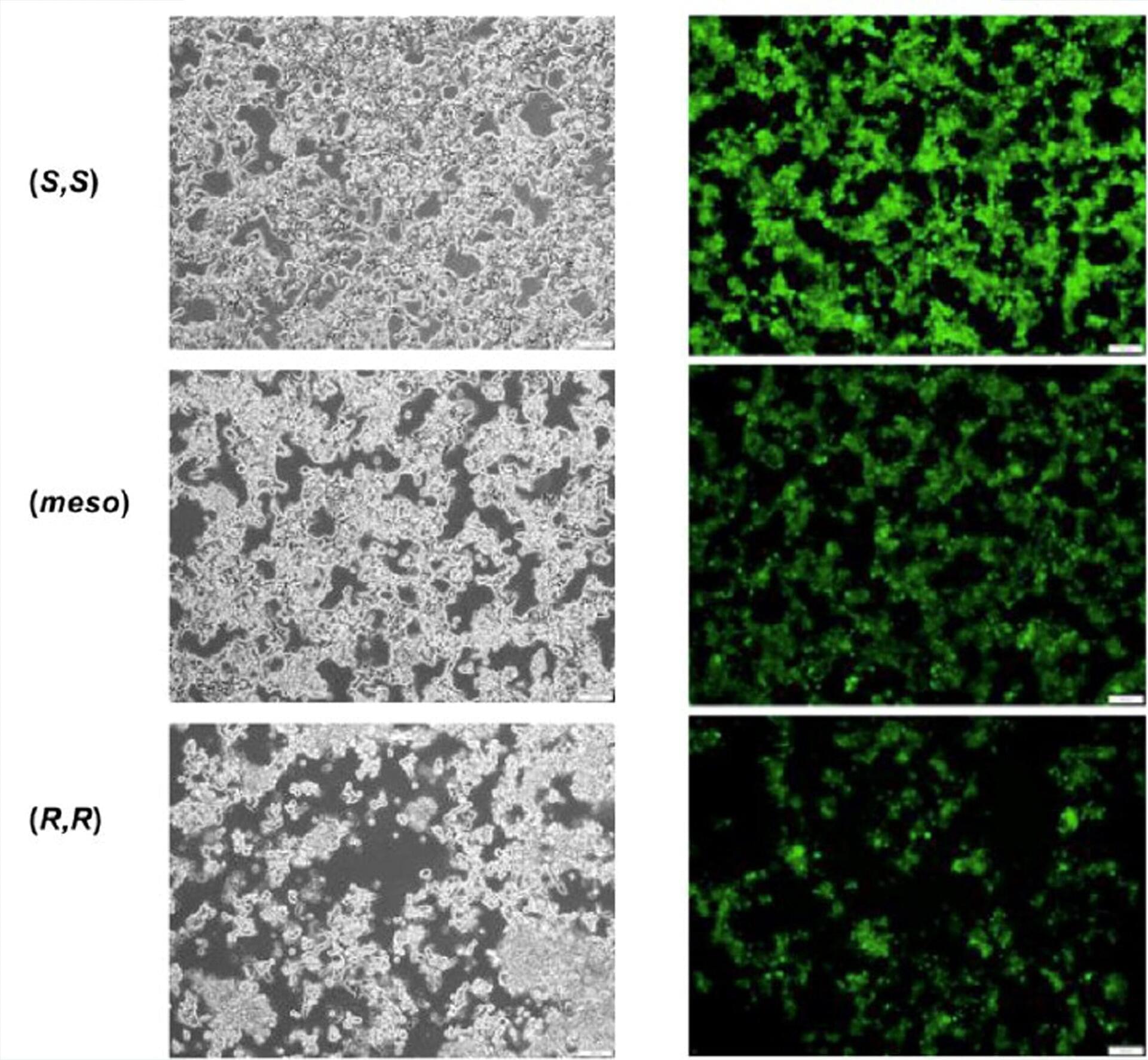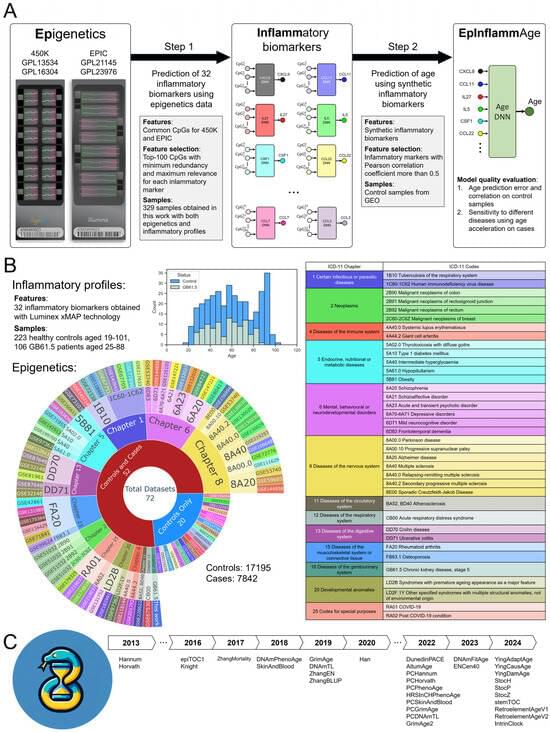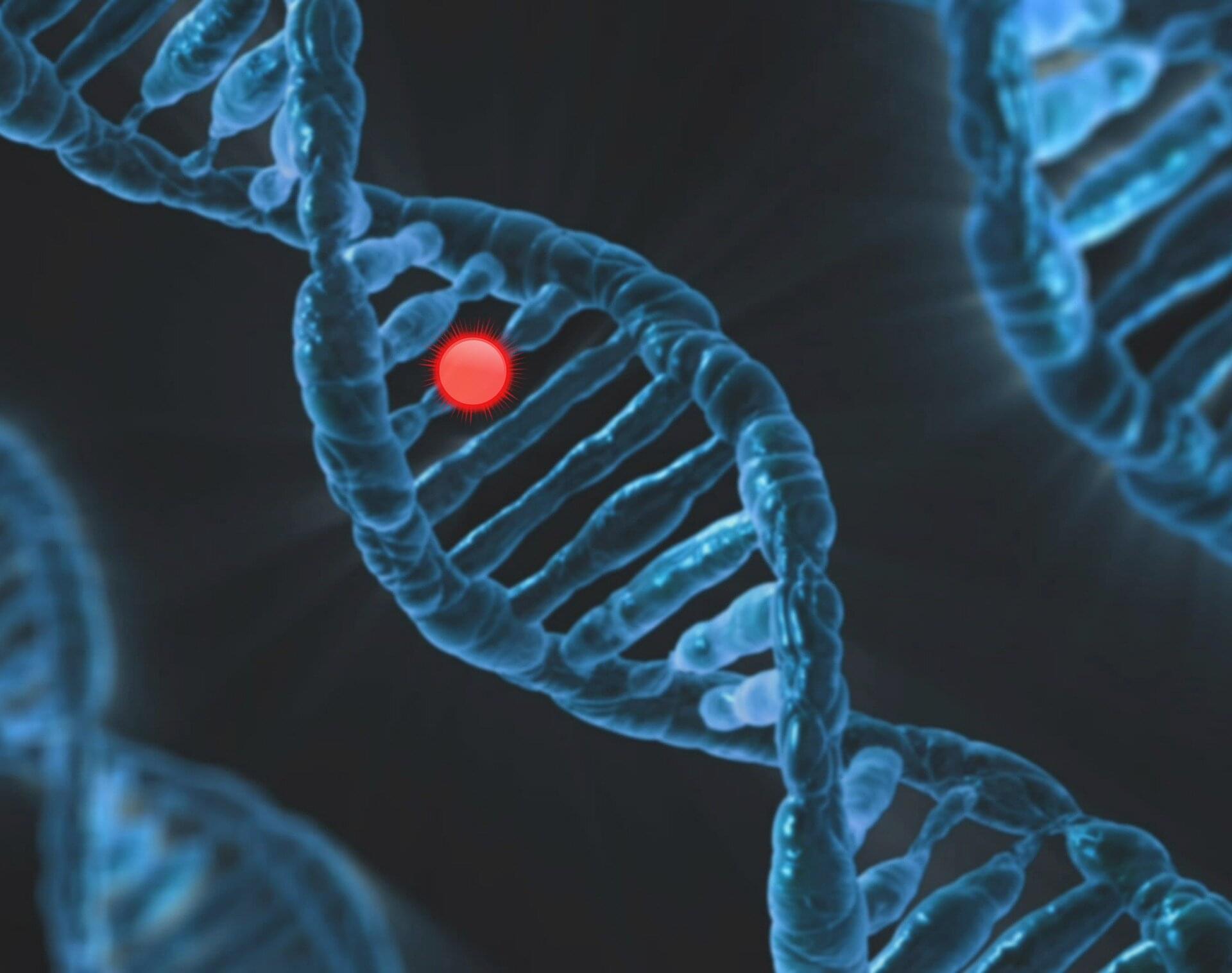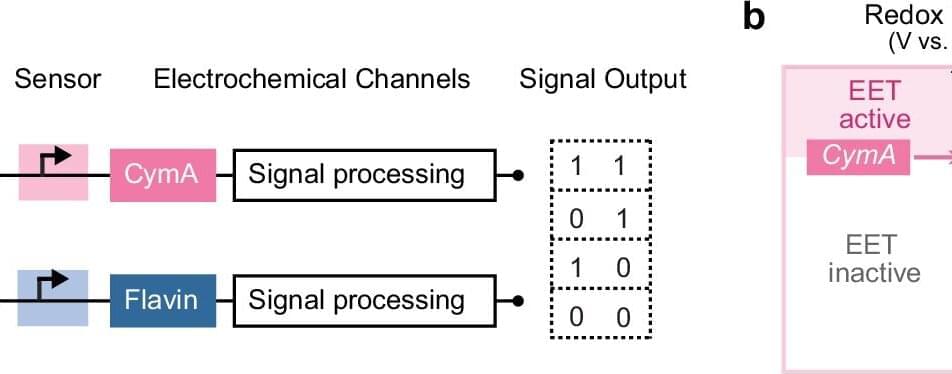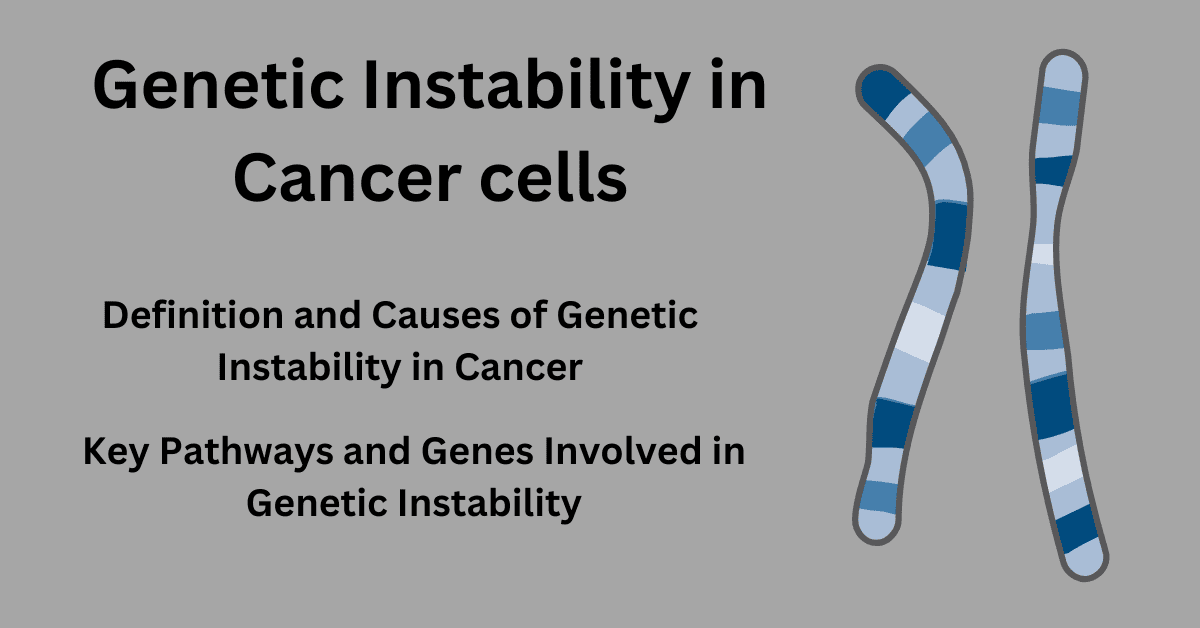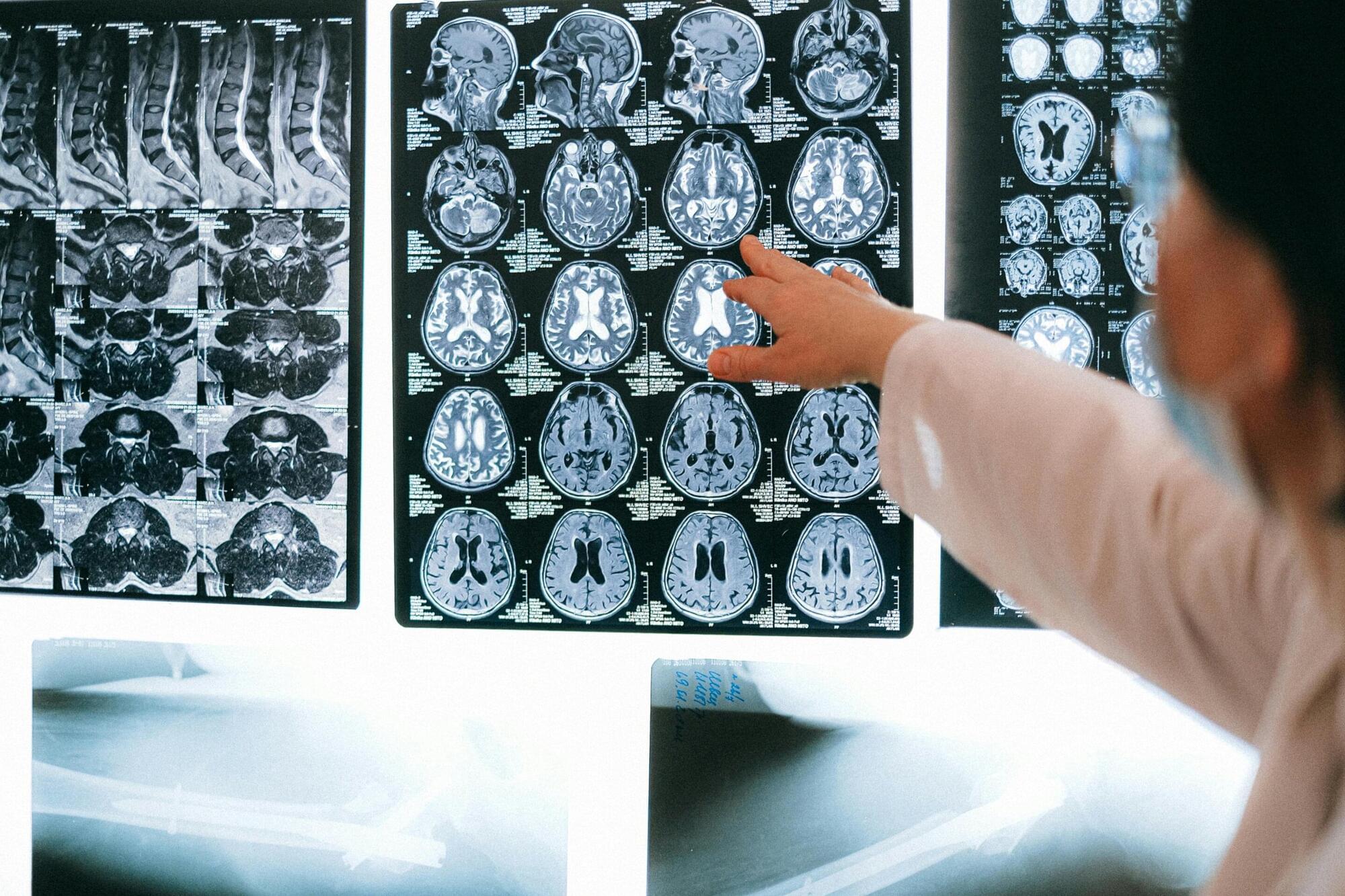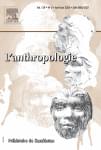0,
In a study published last week in the journal L’Anthropologie, researchers re-analyzed fragments of Skhūl I, the name for remains belonging to a likely female child between the ages of 3 and 5. While the individual is currently recognized as an anatomically modern human, Homo sapiens, its classification remains contentious, given that it has some Neanderthal-like features. Now, the new study suggests the child might have been a hybrid—and potentially had one Homo sapiens parent and one Neanderthal parent.
To reach this conclusion, the team conducted CT scans of the child’s neurocranium—the part of the skull that protects the brain—and jaw. They compared the resulting 3D models to remains of other Homo sapiens and Neanderthal children. In short, they found the neurocranium to be more similar to that of a modern human, while the jaw was more akin to a Neanderthal’s.
“The combination of features seen in Skhūl I may suggest that the child is a hybrid,” the researchers write in the study. “In the Middle Pleistocene, the Levant was the crossroad of gene flows between Indigenous lineages and other taxa from Africa and Eurasia, which is likely the explanation for Skhūl I anthropological.”
Their results align with genetic evidence indicating that modern humans and Neanderthals didn’t just cross paths—they interbred for thousands of years. In fact, some research has suggested Homo sapiens drove Neanderthals to extinction not with violence, but by absorbing them into their population through interbreeding. Regardless of the reason for Neanderthals’ demise, many humans have Neanderthal DNA today.
nouvelle analyse du neurocr ne et de la mandibule de l’enfant Skhūl I : conclusions taxonomiques et implications culturelles.

